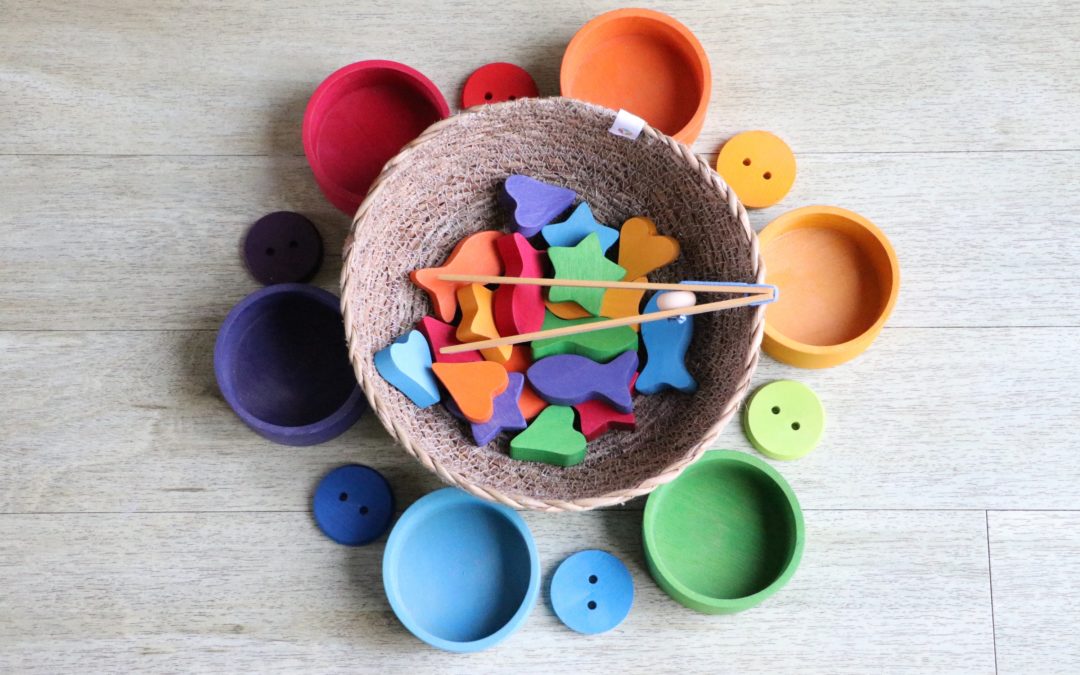Anyone who’s worked with young children has likely heard of the Montessori education philosophy. It’s one of the most well known child development philosophies in the world, and it’s practiced by countless daycares, preschools, parents, and nannies. But what does it really entail? There are a number of families who would love to have a nanny who can help them incorporate Montessori practices at home, but unless you’ve personally researched Montessori education and incorporated it into your own child care routines before, you may not be familiar with all the method has to offer.
What is Montessori education?
Montessori education is based on the work and philosophies of Dr. Maria Montessori, who was born in 1870 and was the first woman in Italy to receive a medical degree. Dr. Montessori worked primarily in psychiatry and education, and she believed it was vital to help each child reach their own unique potential. The Montessori method focuses on helping children develop their creativity, problem solving and critical thinking skills, and social skills through self-guided activities in a setting with mixed age groups (typically children ages 3 to 6).
Montessori in practice
In a classroom setting, the Montessori learning environment is arranged by subject area. The room is typically divided into stations, like cooking, dramatic play, gardening, art, library corner, etc. and children are free to choose which activities they’d like to focus on. But you don’t have to work in a classroom setting in order to take advantage of Montessori practices. You can incorporate a lot of the basic ideas with your nanny children at their homes.
- For infants:
In infancy, children learn through contact with their environments. You can incorporate Montessori teachings by setting up opportunities for sensory play, reading time, activities that develop fine motor skills, and outdoor play. This can include things like playing with shape sorters, finger painting with edible paints, exploring in the grass at a park or in the backyard, and playing with different types of textures.
- For toddlers:
Toddlers are the prime age for Montessori education, and there are so many ways to get the ball rolling. You can imitate the stations found in a Montessori classroom in the child’s playroom or you can arrive at work each day with a plan for activities and allow children to choose what they’d like to do. Activities can include imaginative play like dress-up, reading books together, art, outdoor time, allowing them to help prepare meals and snacks, and activities that challenge their developing fine motor and critical thinking skills.
- For older children:
With older children, the focus of the Montessori method is limiting outside distractions so children can continue to develop their unique skills and interests. This means helping them avoid screens and focus on activities that engage them, like creating art, making music, cooking, playing outside, using their imaginations, and supplementing their academic skills through fun, hands-on exercises, like doing science experiments and fun math exercises.
Montessori inspiration
For ideas on how to put the Montessori method into practice, look no further than the internet. The benefit of Montessori’s popularity is that there are so many websites and social media accounts devoted to coming up with unique ways to incorporate Montessori ideas into your day-to-day.
The website Montessori In Real Life and Instagram account of the same name shares ideas for Montessori activities for babies and young toddlers. You can also take inspiration from the adorable stations this mom has set up in her home.
The Natural Montessorian provides inspiration for nannies of toddlers and preschoolers. She shares creative activities, as well as inspiration for getting the kids outdoors and being active.
https://www.instagram.com/p/BuMwHvDhdxt/
Lastly, the account Our Montessori life will help inspire nannies who care for children of all ages. The account has activity inspiration for school-age kids working on spelling, numbers, and more. It also has helpful tips for working with babies and toddlers.
https://www.instagram.com/p/Bub0g3GhTnq/

